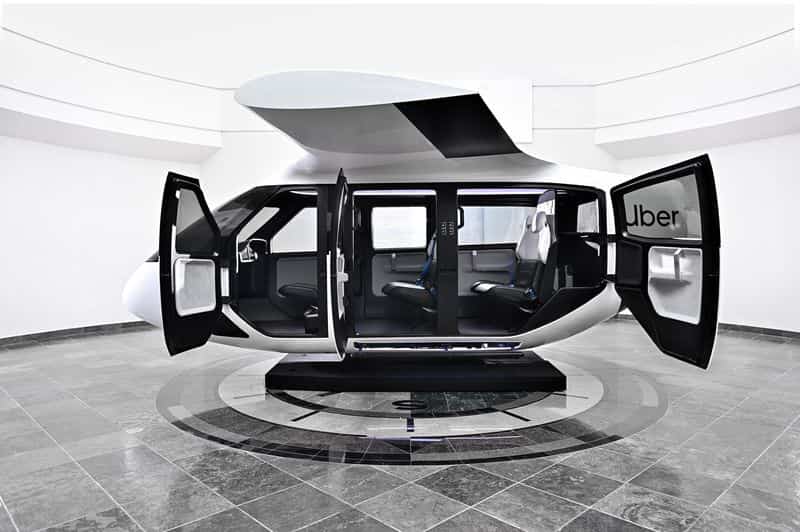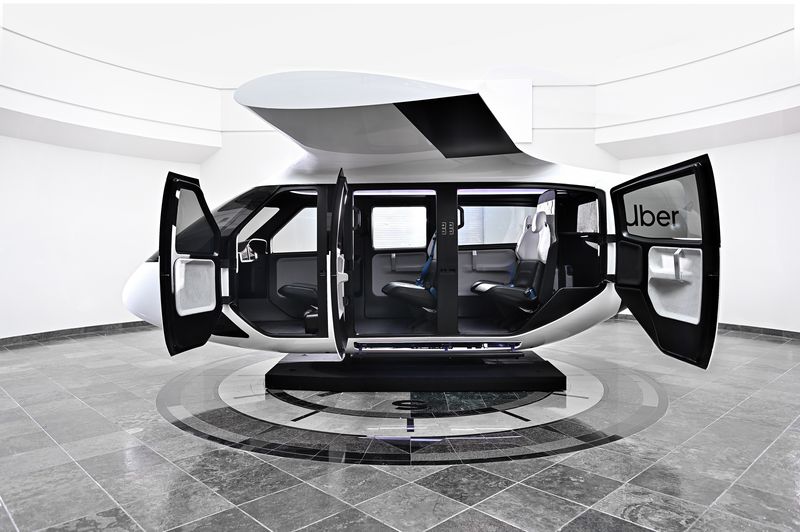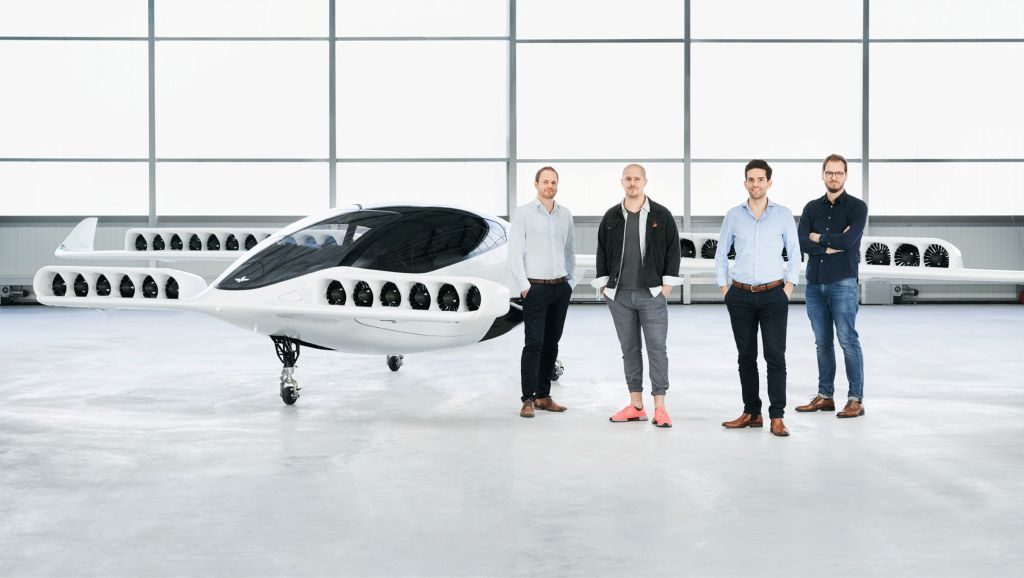Munich-Based Start-Up Lilium Becomes Europe’s On Of The Most Innovative Companies
Business in the aviation sector is risky and expensive yet has a vast opportunity. We don’t witness every day that many start-ups are coming up in this field. In 2014, four engineers who were students at the Technical University of Munich showed interest in the aviation industry. A bunch of engineers successfully founded Lilium GmbH in 2015.The founders are Sebastian Born, Matthias Meiner, Patrick Nathen, and Daniel Wiegand. The company is focused on powering personal air vehicle electrically. Aircraft produced by Lilium is capable of VTOL flight. The company is also doing some experimentation and testing on VTOL air taxi designs. VTOL stands for vertical take-off and landing.
About the Founders
Sebastian Born completed his mechanical engineering from the Berlin Institute of Technology. He further acquired his master’s degree from the same university in development and design. He served for years in this university as an R&D Engineer and the next thing he did was co-found Lilium. Currently, he serves at Lilium Aviation as the Head of Verification and Testing.
Matthias also went to the Berlin Institute of Technology and acquired his degree in Mechatronics, Robotics, and Automation Engineering. He also went to Puebla University of the Americas Foundation for learning Artificial Intelligence. For five months, Matthias served as a Ph.D. candidate at the Chair of information-oriented Control. In 2014, he co-founded Lilium.
Patrick Nathan went to the University of Applied Sciences Dusseldorf to acquire his degree in Chemical Engineering. In 2010, he went to Technical University Munich and graduated with a master’s degree in Numerical Simulation and Thermofluid Dynamics. He completed his Ph.D. from the same university. After he co-founded Lilium he became the Head of Calculation & Design. Currently, he serves as the VP Product of the company.
Daniel Wiegand went to the University of Freiburg followed by the University of Glasgow. He also went to the Technical University of Munich. And, that’s how all the co-founders met. Currently, he serves as the CEO of Lilium Aviation.
History of Lilium
The four engineers started their work on Lilium from 2014 and they founded the company by 2015. It is a new start-up and yet it has managed to raise a $100 million investment fund. They received a lot of support from Business Incubation Center Bavaria, the European Space Agency (ESA), Atomico, Freigiest Capital (an investment company), etc.
After a couple of years of its launch, Lilium revealed The Lilium Eagle, a two-seater type model. It performed its maiden flight Mindelheim-Matthies, Germany on 20th April 2017. This year the company also announced that they hired some great experienced leaders from Gett, Airbus, and Tesla. Later, in September the company raised $90 million in Series B funding. Lilium also announced that they are making a prototype of a five-seater Lilium Jet which is expected to be released in 2025.
Success and Recognition
Within three years of its establishment, Lilium’s idea took off to a whole different level. In 2018, Lilium became the recipient of the award “Early Stage Company of the Year” at Global Cleantech 100 Awards. The company carried out another round of hiring from Airbus and Audi. Lilium has been hiring quite a several employees currently. In 2017, Lilium had only 70 employees which now sum up to 350.
Arnd Muller became the VP Marketing of Lilium in 2018. And, his focus was on the development of the air taxi company and launching its products internationally. At the end of 2018, Lilium hired the company’s first Head of Communications, Oliver Walker-Jones. He was a former employee of Rolls-Royce. In 2019, Lilium hired its first CFO, Christopher Delbruck. On 16th May 2019, the company tested its new five-seater prototype. The company came one step closer to launching air taxi services.
After the maiden flight for the five-seater was successful, Lilium built manufacturing units for its production. In July 2019, The Company received the Red Dot Award for the category Best of the Best Design. In the last funding round of 2020, Lilium raised more than $240 million.
Future Plans
The prototype testing was just to make sure the aircraft can perform all the simulations like vertical takeoff, the transition to horizontal flight, etc. Everything was controllable. Now, they are planning to speed things up a little bit by taking 100km/hr to 300km/hr. Moreover, it will be remote uncontrolled for at least 12-18 months. After this, someone will be put in the aircraft to get certified.

Annasha Dey is an NIT student, who apart from studying engineering is also a content writer. She has a great interest in photography, writing, reading novels, and travelling as well. She is a foodie who loves socializing and hanging out with her friends. She is also a trained Kathak dancer and a big fashion enthusiast. Dey also loves watching TV series, which includes F.R.I.E.N.D.S. and Big Bang Theory. To be a better writer she prefers to read more





